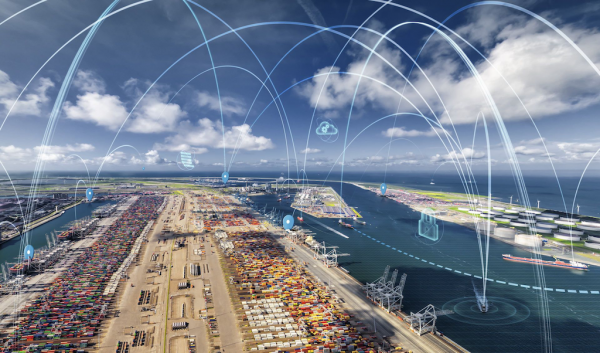Today, the Port of Rotterdam Authority presented the first version of its new digital application Pronto. Pronto constitutes a major step forward when it comes to improving efficiency for the some 30,000 vessels that call on Rotterdam every year. The application allows ships visiting the port to cut their waiting time by an average of 20 percent. The application enables more effective utilisation of capacity at the port terminals, as well as the precise planning and coordination of a range of vessel services, including bunkering, servicing and maintenance and provisioning. In addition, Pronto directly contributes to the reduction of CO2 emissions in the port.

Some 30,000 sea-going vessels enter the port of Rotterdam every year. To plan these calls effectively, the shipping companies need detailed information about all sorts of factors, including water depths, admission policies and arrival and departure times. Since September 2017, we have a global standard for these types of nautical and port information. Since then, the nautical information used on board vessels is compatible with the data used in the ports and elsewhere in the logistics chain – a basic condition for Pronto’s successful development.
Pronto: how does it work?
- Pronto provides shipping companies, agents, terminal operators and other service providers with a joint platform for the exchange of information relating to their port calls. They can either use the Pronto dashboard or input the data directly into their own systems via API interfaces.
- As soon as a vessel’s ETA becomes known, it is assigned its own timeline within Pronto. This timeline specifies every event (activity) that the vessel will be involved in during its port call: from its arrival and stay in the port to its departure.
- Pronto combines public data, data supplied by participating companies and predictions generated by artificial intelligence to maximise the accuracy of information presented in relation to a port call. Pronto never shares any information regarding the vessels’ cargo.
- This information is presented in a customised dashboard, allowing the user to easily filter the available data and zoom in on the timeline of individual port calls as required. With the aid of this information, users can plan and execute their activities with unprecedented efficiency.
- The progress and status of the various events are constantly updated in the dashboard. This allows users to monitor developments and adjust course where required. If they like, users can set the app to automatically alert them in the event of a relevant status update or changes to the planning.
- Pronto refers to the port information standards as established by the Port Call Optimisation Task Force.











